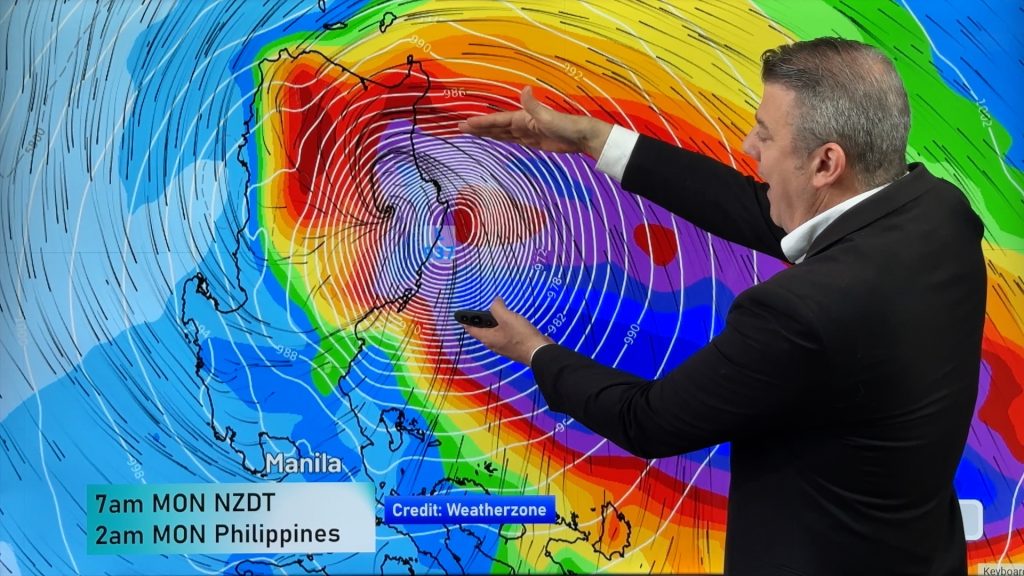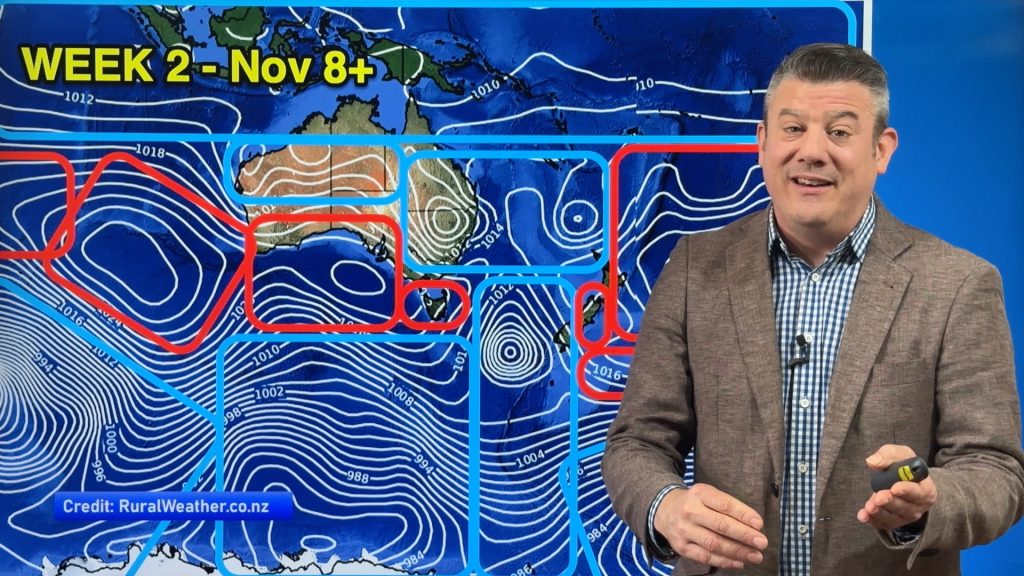
> From the WeatherWatch archives
The tsunami spawned from the March 11 earthquake off eastern Japan broke up parts of an Antarctic ice shelf that hadn’t moved in 46 years, scientists say.
Though the tsunami waves were only about a foot high when they reached Antarctica, their consistency was enough to crack the 260-foot-thick ice and split off icebergs with combined surface areas more than twice the size of Manhattan from the Sulzberger Ice Shelf, the scientists report in a NASA statement.
.jpg) It was the first time scientists have been able to tie icebergs directly to a tsunami, according to NASA.
It was the first time scientists have been able to tie icebergs directly to a tsunami, according to NASA.
The tsunami waves traveled 8,000 miles and took 18 hours to reach the ice shelf, the scientists said, giving them time to validate theories on how an earthquake can affect geography a hemisphere away.
“In the past we’ve had calving events where we’ve looked for the source. It’s a reverse scenario – we see a calving and we go looking for a source,” Kelly Brunt, a cryosphere specialist at NASA’s Goddard Space Flight Center in Maryland, said in the NASA statement. “We knew right away this was one of the biggest events in recent history – we knew there would be enough swell. And this time we had a source.”
Emile Okal at Northwestern University and Douglas MacAyeal at the University of Chicago collaborated in the study.
“This is an example not only of the way in which events are connected across great ranges of oceanic distance, but also how events in one kind of Earth system, i.e., the plate tectonic system, can connect with another kind of seemingly unrelated event: the calving of icebergs from Antarctica’s ice sheet,” MacAyeal said in the NASA statement.
Watch NASA video on the research
– CNN / NASA
Comments
Before you add a new comment, take note this story was published on 10 Aug 2011.






Add new comment
Zelda Wynn on 10/08/2011 10:46pm
Are Antarcitic icebergs likely to float near the South Island ?
Reply